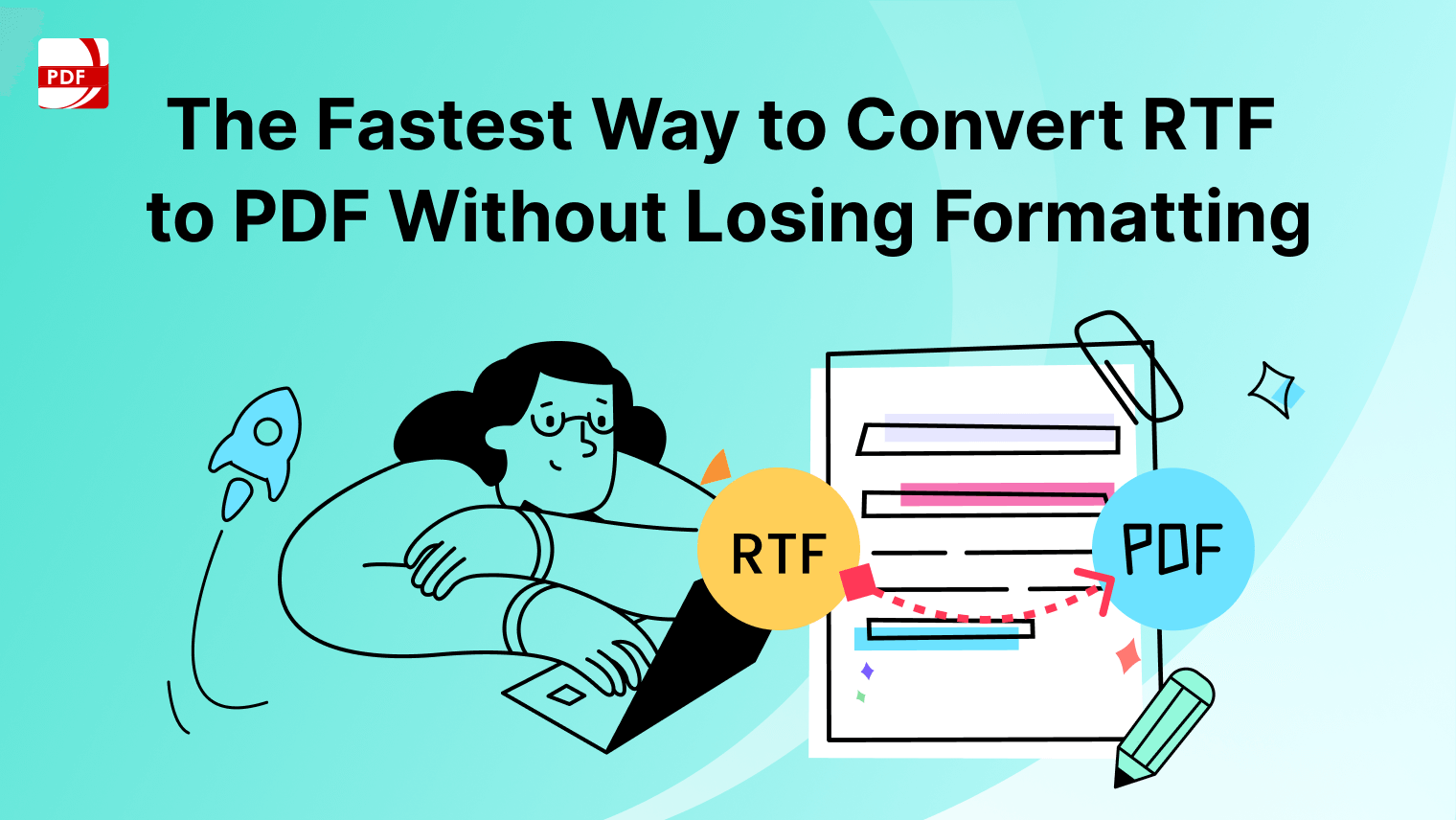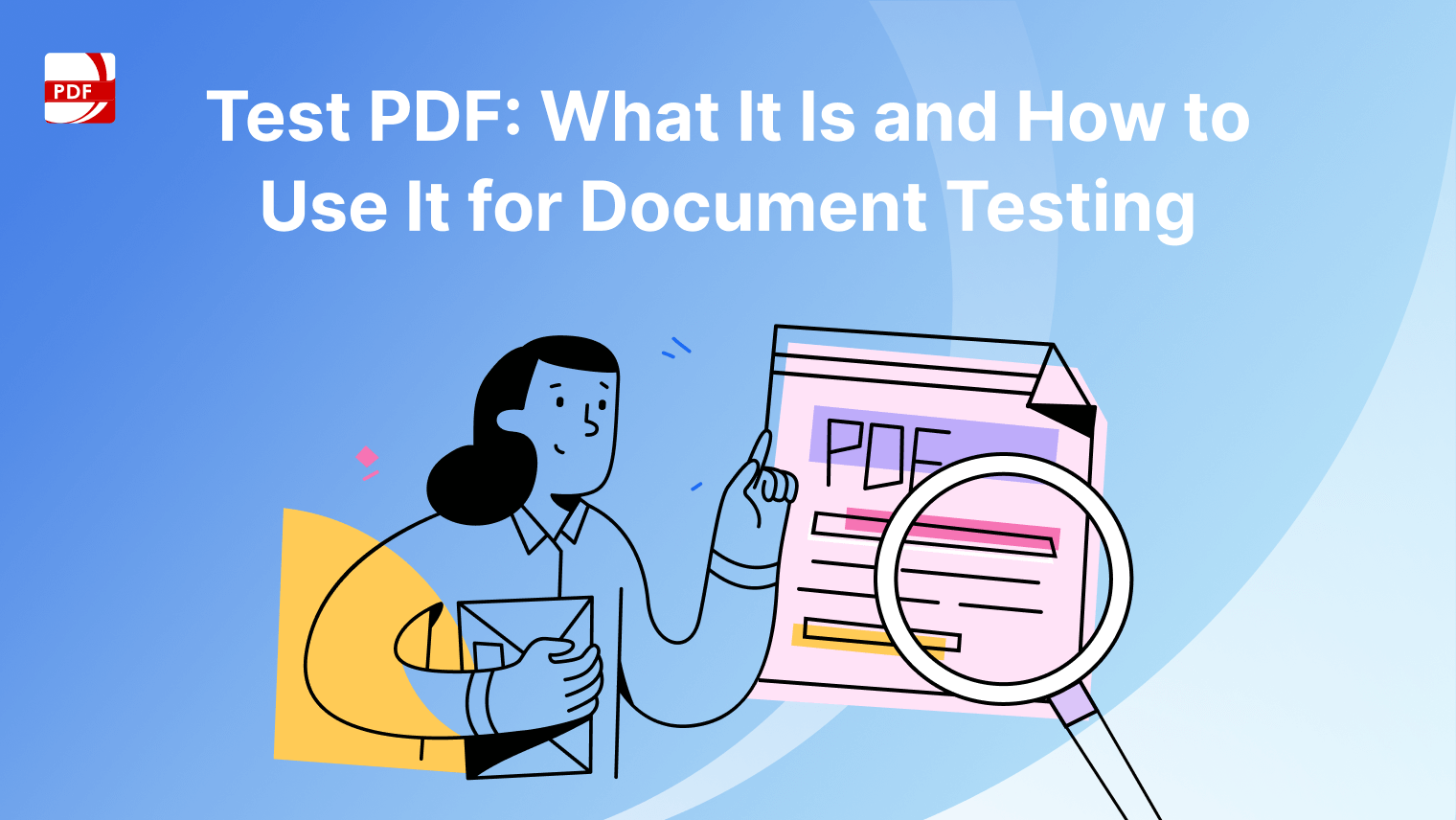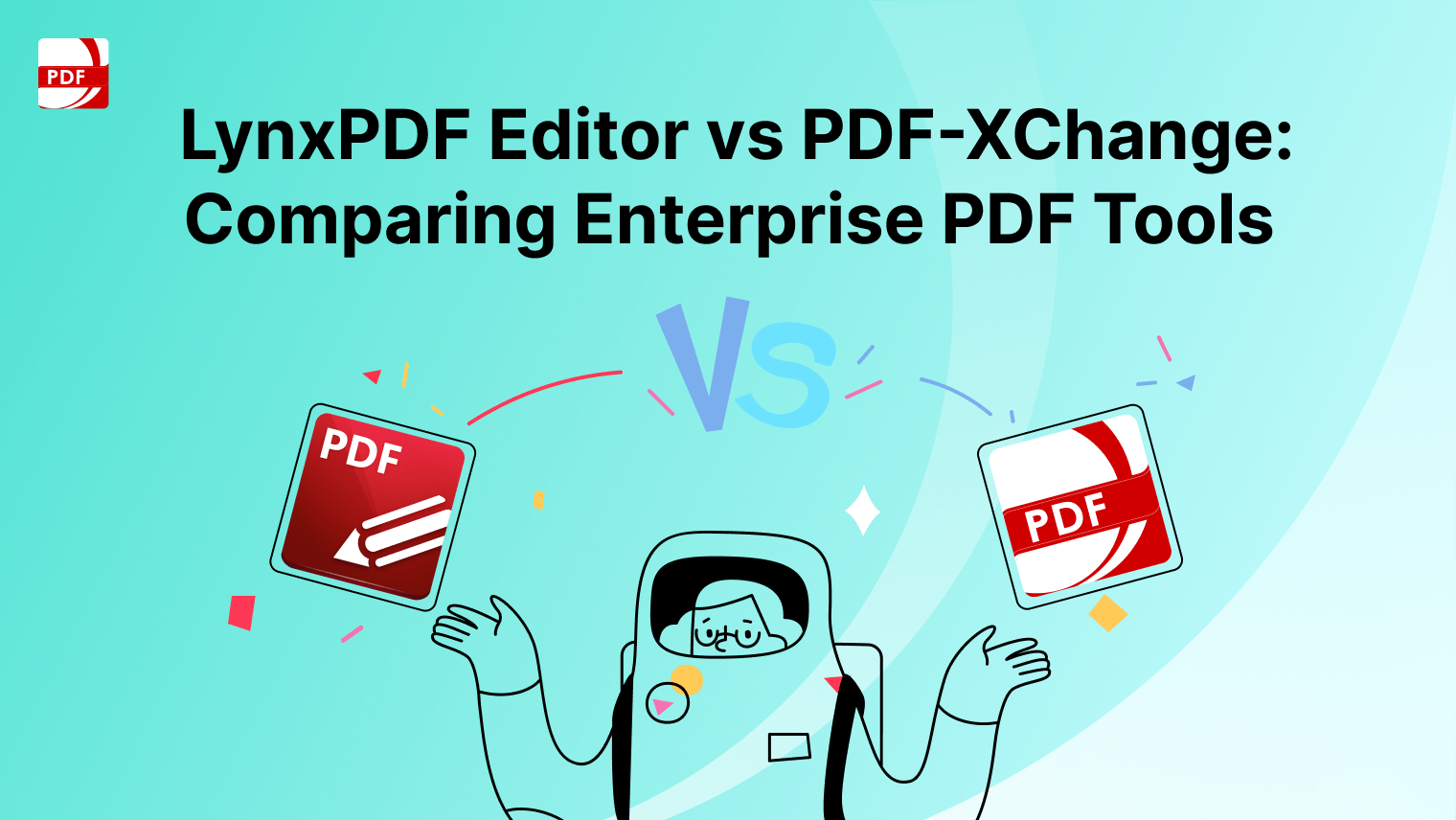Whether you're a seasoned designer or a beginner dipping your toes into the world of digital art, understanding how to save your work as a PDF is crucial effectively.
In this guide, we'll delve into the best practices for doing just that, ensuring your creations remain pristine and true to your original vision. Let's dive in!
How to Save as PDF in Photoshop
Check out our guide on how to save your Photoshop project as a PDF.
Step 1: Open your file in Photoshop

Step 2: Navigate to the “File” menu
Choose the “Save as” option
Step 3: In the dialog box that appears, look for the drop-down menu next to “Format” (which can be found below the section where you name your file)
From this menu, select “Photoshop PDF”
Learn how to save a JPG as a PDF with our simple guide, transforming your images into versatile documents.
Step 4: Click on the "Save" button
Step 5: In the Options box, un-check the box next to Preserve Photoshop Editing Capabilities (this will significantly reduce your file size so that you can email it)
Click “Save PDF”
Tip! If your original file is a Photoshop file, do not delete it after saving it to PDF. Otherwise, you will be unable to make changes to your file in the future.
Step 6: If your file is still too large to email, you can reduce the size further by following steps 1-6, then going to “Compression” (located on the left side of the save window).
Discover our guide on how to convert Photoshop exports to PDF, making your graphic projects more accessible and shareable.
How to Save as PDF in Photoshop: Best Practices
When working with Adobe Photoshop, creating PDF documents can be a valuable skill, especially for professionals in the design and printing industries. To ensure the highest quality and preserve the integrity of your work, consider the following best practices:
-
Manage File Size: Be mindful of the file size when saving your work. Large files might be cumbersome to share or open on some devices. Use the 'Image Size' feature in Adobe Photoshop to adjust the dimensions and resolution of your images before exporting them.
-
Dialog Box Familiarity: The 'Save as' dialog box in Photoshop is replete with options. Familiarize yourself with these to make the most of the format dropdown, security settings, and other features.
-
Color Management: Adobe Photoshop offers an array of tools for color management. Before saving your work, consider selective color adjustments, color balance adjustments, and special color effects to ensure your image stands out.
-
Using the Correct Color Option: Ensure you're using the right color option for your needs. For commercial printing, Lab Color and Duotone Images might be more appropriate than the standard RGB. Additionally, the Color Conversion tool can help adapt your images to different color spaces, ensuring they look consistent across various devices and prints.
-
Security Settings: If sharing your PDF documents, utilize the security settings in the dialog box. This can help protect your work from unauthorized edits or access.
-
Alpha Channels: Utilize alpha channels in Adobe Photoshop to create transparency effects or to save selections. This can be especially useful if your PDF is meant for a presentation where you might need to overlay images.
-
Export PDF Carefully: When you're ready to save your work, use the 'Export PDF' option in Adobe Photoshop. Ensure you've reviewed all settings in the dialog box, including color space and image with color balance.
-
Understand Color Basics: Get to know the various color tools available in Adobe Photoshop, from color lookup tables to color mode. Understand color casts, color objects, and how to choose colors wisely. Familiarizing yourself with these tools will ensure your PDF documents maintain the integrity of your original design.
-
Printing Considerations: If you're designing for print, consider the color printer's capabilities. Make sure your color range and color image settings align with the specifications of the printer, ensuring your PDFs are ready for high-quality commercial printing.
By following these best practices, you can ensure that your PDF files maintain the highest quality, whether they're meant for digital viewing, sharing, or commercial printing. Always remember to keep backups of your original Photoshop files to make future edits or adjustments.
Discover how to quickly save a PDF as JPEG with our efficient guide, perfect for easy sharing and printing.
How to Save as PDF in Photoshop: FAQ
How do I convert color to paths in Adobe Photoshop?
In Photoshop, colors themselves cannot be converted directly to paths. However, shapes and certain layer styles can be converted to paths. If you're working with vector graphics and need paths, consider using Adobe Illustrator, which specializes in vector file creations and manipulations.
How can I ensure my color remains unchanged when saving as PDF?
To maintain color integrity, utilize the export color lookup tables feature and match colors appropriately. Adjusting your PDF settings and ensuring you select the right color profile is also crucial.
How do I save dynamic range images in my PDF?
While saving your file, ensure that you select the appropriate Adobe PDF presets that support the dynamic range of your images. Fine-tuning your PDF settings can help retain the quality and range of colors in your images.
Can I save my Photoshop file as a vector file for Adobe Illustrator?
Photoshop primarily deals with raster images, while Adobe Illustrator works with vector graphics. While you can export certain elements like shapes or paths from Photoshop to Illustrator, a full PSD file won't be a true vector file in Illustrator. For pure vector work, start your project directly in Adobe Illustrator.
What are the different file types I can save in Photoshop other than PDF?
Adobe Photoshop offers a plethora of file saving options. Common file types include PSD (Photoshop Document), JPEG, PNG, TIFF, and GIF, among others. Each file format serves a specific purpose, so choose based on your project's needs.
How do I use Adobe PDF presets when saving my file?
When you select 'Save As' from the file menu and choose PDF, you'll encounter various Adobe PDF presets. These presets determine the PDF settings, including compression, color profiles, and more. Choose the preset that best aligns with your document's purpose, whether it's for print, web, or other uses.
Is there a way to batch save multiple files as PDFs?
Yes, using tools like Adobe Bridge or the automation features in Adobe Photoshop, you can save a batch of files as PDFs. This is especially useful for large projects or when dealing with multiple assets.
How do I ensure my PDF files are accessible?
When saving your file, ensure you select the appropriate settings for accessible PDF files. This might include tagging information, creating bookmarks, and more. Tools like Adobe Acrobat Pro can further help in refining the accessibility of your PDFs.
Are there specific layers that should be flattened when saving as PDF?
Flattening layers can help reduce file size and ensure file content integrity. It's often recommended to flatten type layers, mask layers, and certain effect layers. However, vector layers and animation layers might be best kept unflattened, especially if further edits are anticipated. Always keep a backup of the original file with layers intact.
How do I manage the privacy settings of my PDF?
When saving your document as a PDF, you'll encounter options for security and privacy settings. These can help protect your work from unauthorized access or edits. Ensure you familiarize yourself with these settings, especially if sharing your PDFs widely or storing them in cloud documents.



